Summary
- Terminal 3 at JFK was originally the Unit Terminal Building and was named "Worldport" by Pan Am.
- The terminal accommodated larger aircraft like Boeing 707s and 747s over the years.
- Despite its historical significance, the Worldport was demolished in 2013 for aviation growth.
For more than five decades, Terminal 3 at John F. Kennedy International Airport (JFK) in New York handled several million passengers. The famous facility, referred to as the “terminal of tomorrow,” could be recognized by travelers all over the globe with its unique umbrella canopy architecture that hung over aircraft parked at their gates.
Home to Pan American World Airways (Pan Am), it was originally known as the Unit Terminal Building when it opened in the early 1960s. About a decade later, the airline eventually baptized the facility with the name “Worldport” – a title that many could not forget. For years, the terminal was considered among the largest terminals in the world to be operated by one carrier.
JFK opened to the public in the late 1940s and was known initially as Idlewild Airport. Initial plans for the airport called for a larger area, as nearby LaGuardia Airport did not have much room to expand. In the mid-1950s, the airport’s operator, The Port Authority of New York and New Jersey (PANYNJ), introduced a plan to include several terminals and longer runways to handle larger aircraft that would perform long-haul routes.
As it quickly became a hub for Pan Am, the airline – recognizing the heightened demand – desired to develop a unique, modern, and spacious environment for its operations at the airport. With an allotment of 16 acres, the airline broke ground on a facility that essentially shaped the face of aviation in the Big Apple.
Construction and design
According to The Pan Am Historical Foundation, the carrier worked with the Tippetts-Abett-McCarthy-Stratton architectural firm, and the construction of the terminal began in 1957. At the time, the building proved to be highly modern, with nine gates covered by “a "parasol" of cantilevered concrete.”
It was supported by cables that were anchored in the center of the facility, which was surrounded by large windows about 27 feet high. While the terminal’s design faced criticism, construction ensued. However, a change in Pan Am’s equipment prompted last-minute changes to its architecture as it was originally intended to handle piston-driven aircraft such as the DC-7C, which had a capacity of around 100 passengers.
In 1958, Pan Am acquired a new Boeing 707-120s, which accommodated 130 passengers. Since the jets were larger, the terminal’s boarding ramps had to be redesigned, and remote fueling stations were added to the construction plans. Additionally, restaurants and a bar were added to the interior as a US Customs facility, which helped with the influx of travelers that the existing international arrivals building experienced. When the terminal opened in 1960, it was met with joyous fanfare, receiving the notable nickname of the “flying saucer” because of the design of its roof.
|
Opening Date |
May 24, 1960 |
|
Size |
101,680 square feet (9,446 square meters) |
|
Cost To Build |
$12 million |
|
Price Per Square Foot |
$118 |
|
Passengers (First Six Months) |
335,000 |
|
Flights (First Six Months) |
5,437 |
|
Busiest Day (First Six Months) |
August 11th (41 flights, 3,090 passengers) |
Accommodating growth
As the years passed, passenger volumes continued to increase, which influenced Pan Am to order even larger aircraft. By the decade's end, the carrier had introduced the 747 to its fleet, which prompted even more changes to the Worldport.
The airline was met with a slight challenge accommodating the jumbo jet, as there was no space to build out around the oval-shaped facility. As a result, a trapezoidal concourse was added and opened in 1973, providing room for six 747s. The Worldport was dedicated on December 5th, and there was a large celebration.
Over 100 musicians, dancers, and other performers from Jamaica, the Philippines, Spain, Austria, Africa, Hong Kong, and Brazil attended the event. Additionally, officials from 15 countries were in attendance to reinforce the terminal’s theme of being a global port, which appropriately reflected Pan Am's mission of being a global airline.
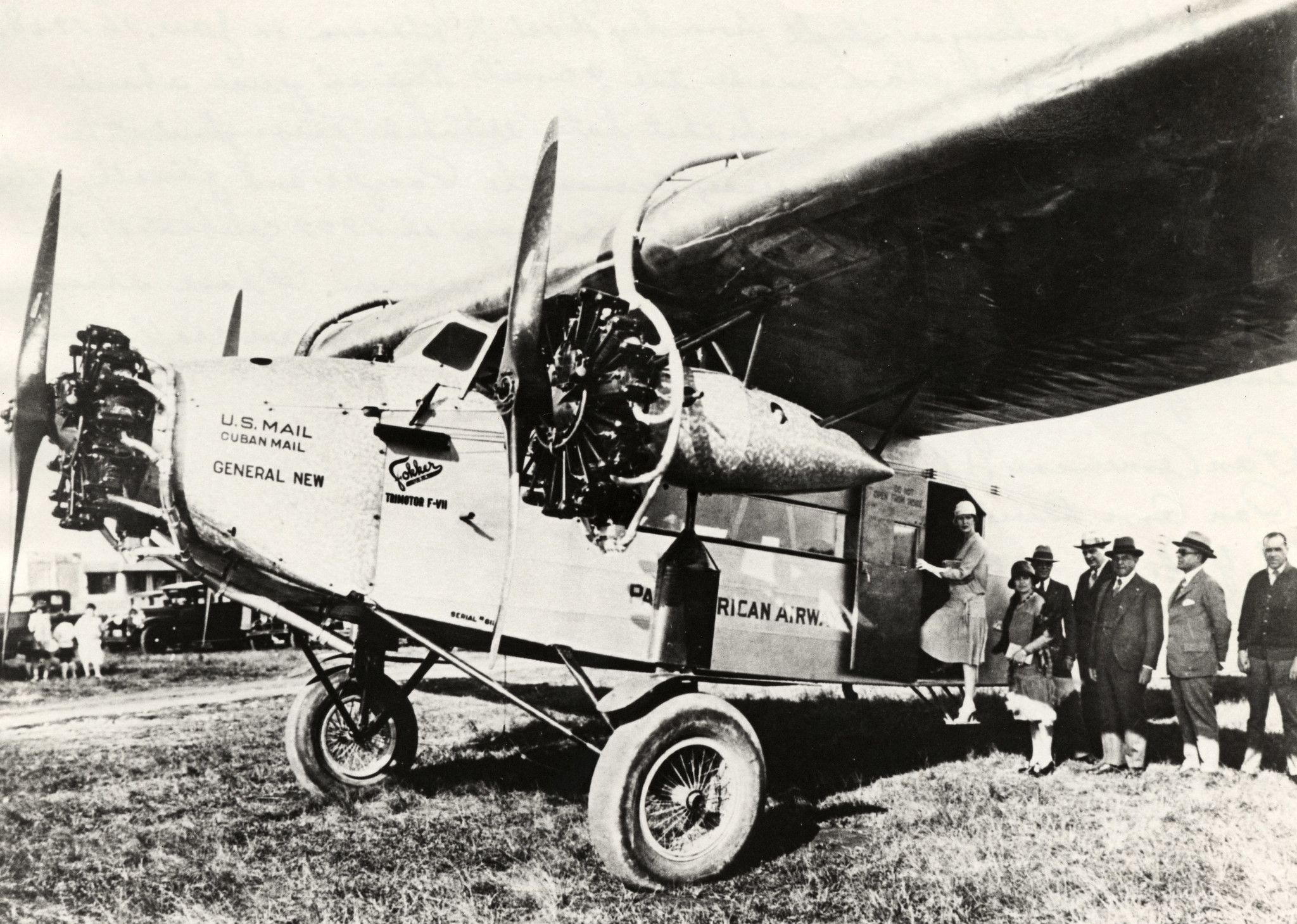
A Look Back At Some Of Pan Am's Key Early Flights
In 1929 Pan Am stock was in high demand as the airline began operating new international routes.The carrier's leadership team was quick to identify the importance of the facility. Former Chairman William T. Seawell spoke about the facility when it was dedicated, as noted by The Pan Am Historical Foundation:
“From and to the building – this port – travelers jet to all parts of the world. You can pass through one of the 16 gates on this floor and fly to any one of 89 cities on the seven continents of the world.”
With the terminal’s $100 million expansion, it included:
- The addition of seven gates bringing the total number of gates to 16
- Eight 747-compatible gates
- 52 check-in counters
- Curbside baggage check-in
- A total of six restaurants
- Two cocktail lounges
- Several retail locations
- Four levels encompassing 750,000 square feet and 45 acres
- Rooftop parking
The employees also seemed to have enjoyed the terminal’s new features.
“The curbside baggage check-in is great…Customs is well organized…rooftop parking…It’s really very stimulating,” travel agents reportedly said. “People will be stimulated to travel…This terminal (and, therefore, Pan Am tickets) will be easier to sell!”
The final years
The Worldport would go on to operate for four more decades, witnessing Pan Am's fall due to bankruptcy in 1991. Atlanta-based Delta Air Lines acquired many of the carrier’s assets, including its presence at the terminal. At that point, Worldport became more known as just Terminal 3, although Delta would still operate the majority of its international and long-haul flights to better destinations.
The facility remained operational until Delta moved all flights to terminals 2 and 4. Despite calls for preserving the Worldport, it was demolished in 2013 after handling its last flight on May 23rd. The next day, exactly 53 years to the date it opened, the terminal was officially closed, and its space was subsequently used for aircraft parking.
“The old Pan Am Worldport terminal at J.F.K. served this region for more than a half-century but is obsolete for 21st-century aviation purposes,” A PANYNJ spokesperson said in a statement obtained by Metropolitan Airport News. “Unfortunately, J.F.K. is a land-constrained airport, and the space where Worldport is located cannot be set aside for preservation because it is needed for other aviation uses that will lead to job creation and economic growth
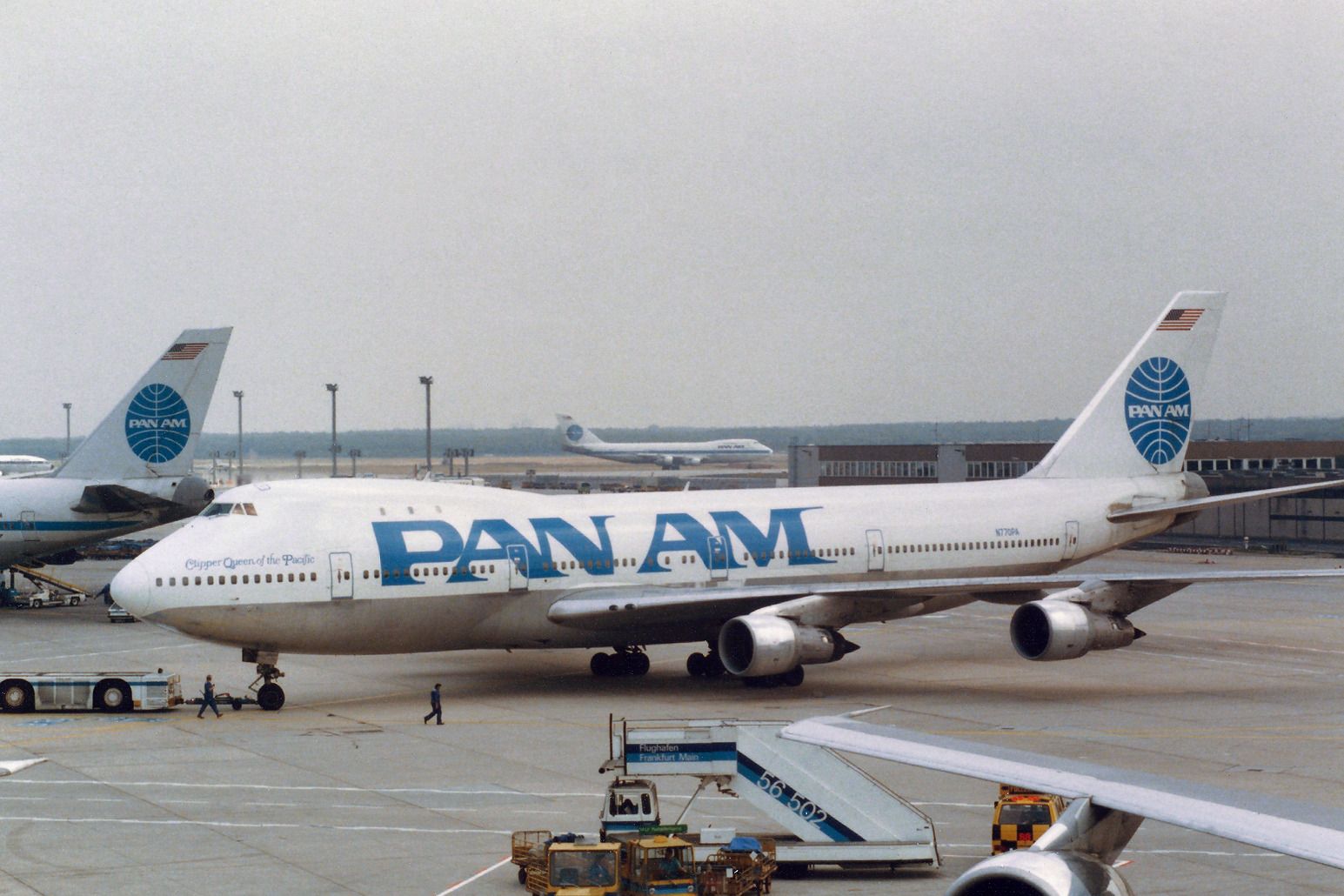

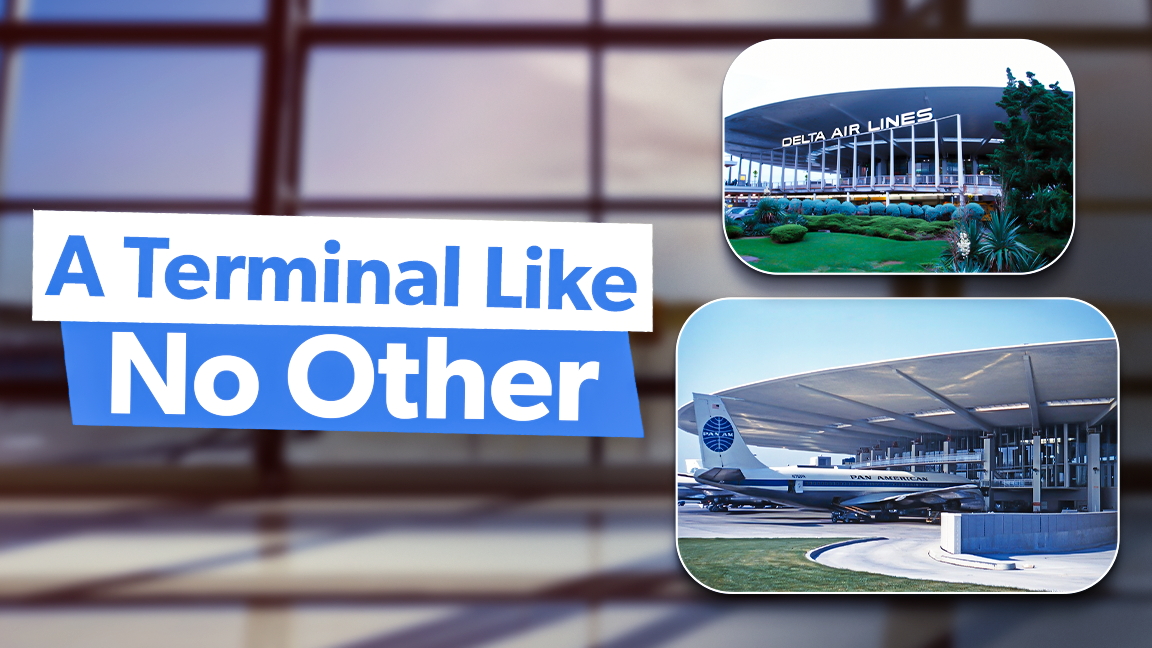
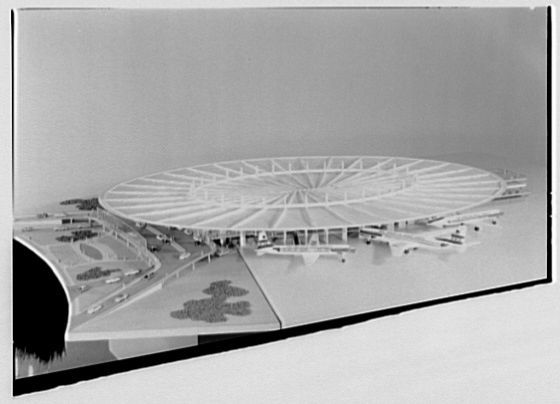
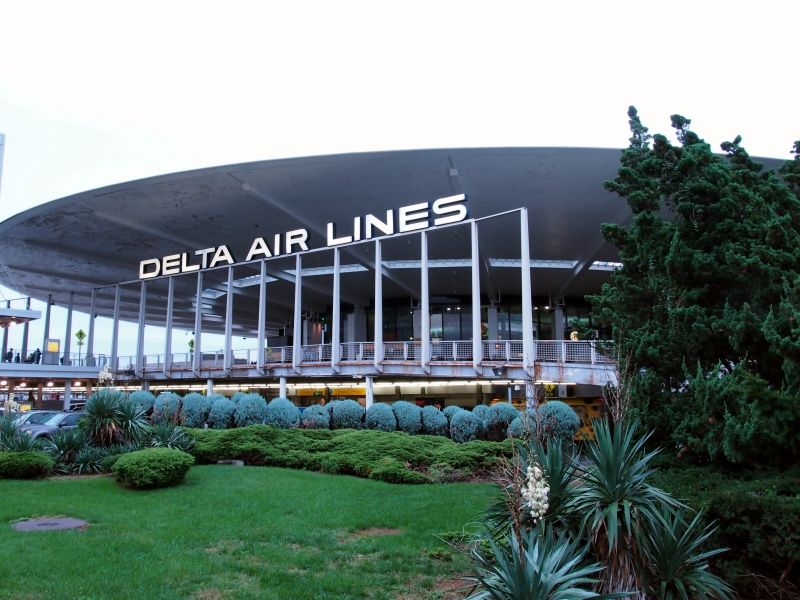
.jpg)